The Nine Safest Vehicles on the Road: IIHS

Zero drivers died in a Honda Odyssey between 2009 and 2012. Surprised? Well there are nine other cars that also have no registered driver deaths in the same time period.
This info comes from the Insurance Institute for Highway Safety (IIHS), which has released a list of vehicular driver deaths ranked by make and model. In total, there are nine different vehicles that have driver death rates of zero. The study does not include passenger deaths.
In no particular order, these nine vehicles are: Honda Odyssey, Audi A4 AWD, Kia Sorento two-wheel drive, Lexus RX 350 AWD, Mercedes GL-Class AWD, Subaru Legacy, Toyota Highlander Hybrid, Toyota Sequoia AWD and the Volvo XC90 AWD.
SEE ALSO: IIHS Top Safety Picks Nearly Double in 2014
The numbers mostly reflect vehicles from the 2011 model year but some vehicles that were’t substantially redesigned before 2011 date back to 2008. Eight years ago, when the IIHS released its last study on driver deaths by make and model, there were no cars with driver death rates of zero.
This improvement can be chalked up to, in part, new electronic stability control systems in SUVs, as these large vehicles had some of the highest death rates just a decade ago due to their propensity to roll over. Today, SUVs are among the safest vehicles on the road due to their large size, heavy weight and advanced safety systems.

Stephen covers all of the day-to-day events of the industry as the News Editor at AutoGuide, along with being the AG truck expert. His truck knowledge comes from working long days on the woodlot with pickups and driving straight trucks professionally. When not at his desk, Steve can be found playing his bass or riding his snowmobile or Sea-Doo. Find Stephen on <A title="@Selmer07 on Twitter" href="http://www.twitter.com/selmer07">Twitter</A> and <A title="Stephen on Google+" href="http://plus.google.com/117833131531784822251?rel=author">Google+</A>
More by Stephen Elmer



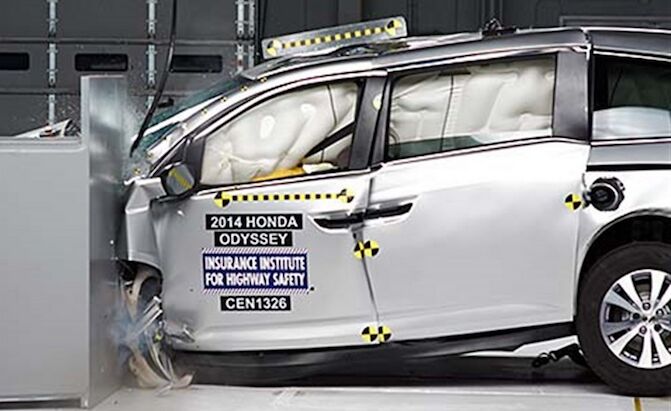















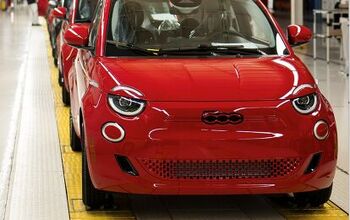





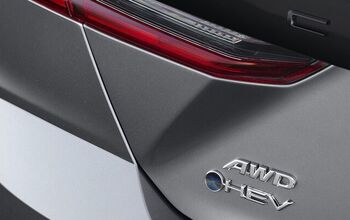
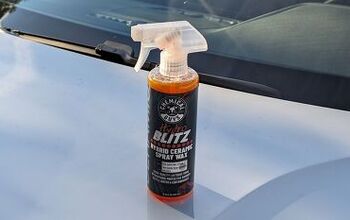

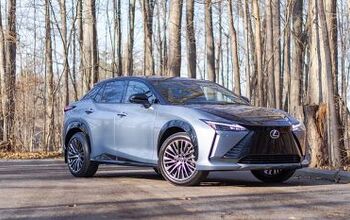
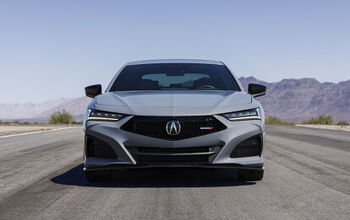

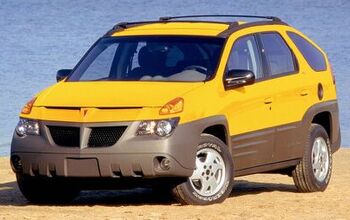
Comments
Join the conversation